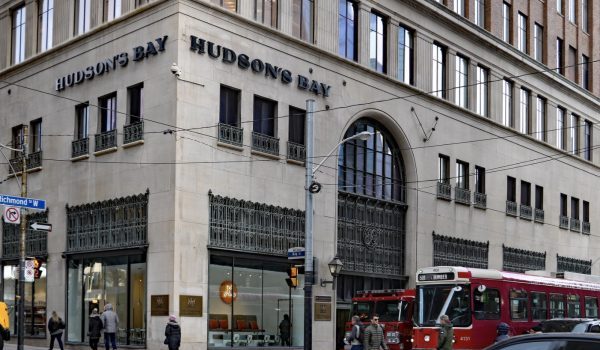By Wayne S. Roberts
Time was when branding was simple. You would establish the attributes and the value proposition of your brand; dress it up to communicate those elements and take an educated guess as to who might buy into your promise. Then you’d send the whole works out into the cold, cruel world to find new friends. And, of course, bring back the cash.
Our approach to brand, however, (brand communityTM) encourages marketers to resist viewing themselves as owners of brands, but rather as watchful guardians of their brand and the values it represents. The people out in the marketplace who embrace the values of the brand – as customers and/or purchase influencers – are the brand’s true ‘owners.’
A great deal of anecdotal evidence supports this view. But it raises a tough question for the marketer. If you are not the sole creator, owner and controller of your brand’s values, then what is your role in the process of making the brand successful? The answer starts with reversing the traditional interpretation, and understanding that your brand is not something you send out. Rather, it is a destination that people choose.
When consumers arrive at your brand they form a brand community. Their voluntary membership in that community is created because your brand possesses values they identify with. Whether it is chewing gum or chequing accounts, your brand is the glue that holds the community together.
This concept of brand community gives you a lens through which you can view your product and see how best to communicate its promise of benefit. It clarifies the important amenities, points of interest, core values and beliefs that attract community members and keep them in the fold. It also gives you an insider’s view of the way other non-competitive brands inhabit the same neighbourhood, and what they are doing to allow them to count as members your brand community’s residents. This realization eventually leads to a gut check moment where you have to accept what your relative position is inside the larger brand community: are you a leader, a follower, or just the weird guy who lives on the corner with 72 cats?
A brand community creates a working partnership where each party’s role is clearly defined. As a marketer, you don’t have a lot of rights. Instead, you have a lot of obligations.
The first among them is to ensure you are doing everything you can to deliver on the brand’s promise. Sounds like motherhood, yes, but we all know how tough mothers can be.
The second most important thing is to keep your grubby little paws off the brand as much as possible. There’s nothing worse than a neighbourhood busybody who’s always meddling in everyone’s enjoyment. Get your game right first, then go to market. Too many brands get rushed to the landscape only to realize they didn’t pave the parking lot. People who do show up step right into the mud.
The ‘owners’ of the Red Green brand – his fans – helped lead marketers to an appropriate tie-in for the Canadian icon.
Red’s loyal fans know he can pull almost anything together with the amazing bonding properties of duct tape – and his wild imagination. Perhaps the most unique thing he’s manufactured, however, is an impressive fan base that extends across North America and beyond.
What still needed fixin’ was to make better mileage out of the Red Green character as a brand in itself. Blade helped bind endorsement deals, like the one that secured 3M Scotch Brand Duct Tape as a sponsor of the show – and, conversely, made Red Green a spokesman for 3M.
Blade did a TV spot for 3M featuring Red Green which helped grow their Scotch Brand Duct Tape business more than 20%. Blade also collaborated in building Red Green’s U.S. and international market presence, resulting in a TV audience now exceeding four million per week, as well as a feature film, Duct Tape Forever, for which Blade created the promotional poster.
Traditional branding methods frequently do little more than paint the fence and change the street lights. By understanding the connections of your brand to its community at a deeper level, you will elevate the brand by ensuring it consistently reflects the values of those who really own it.
Blade Marketing Communications is a Canadian-owned independent marketing communications firm based in Toronto. Wayne S. Roberts is president and CD.























